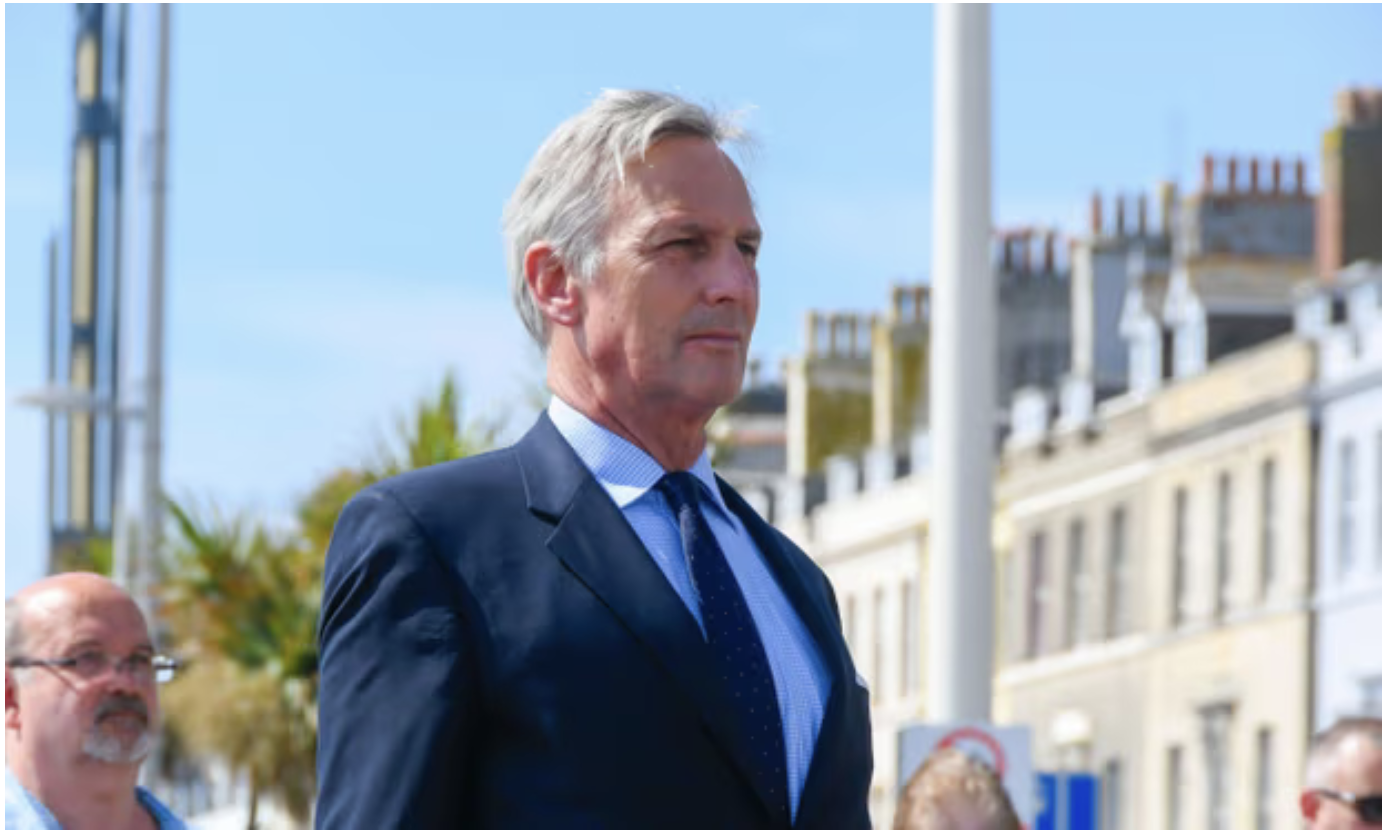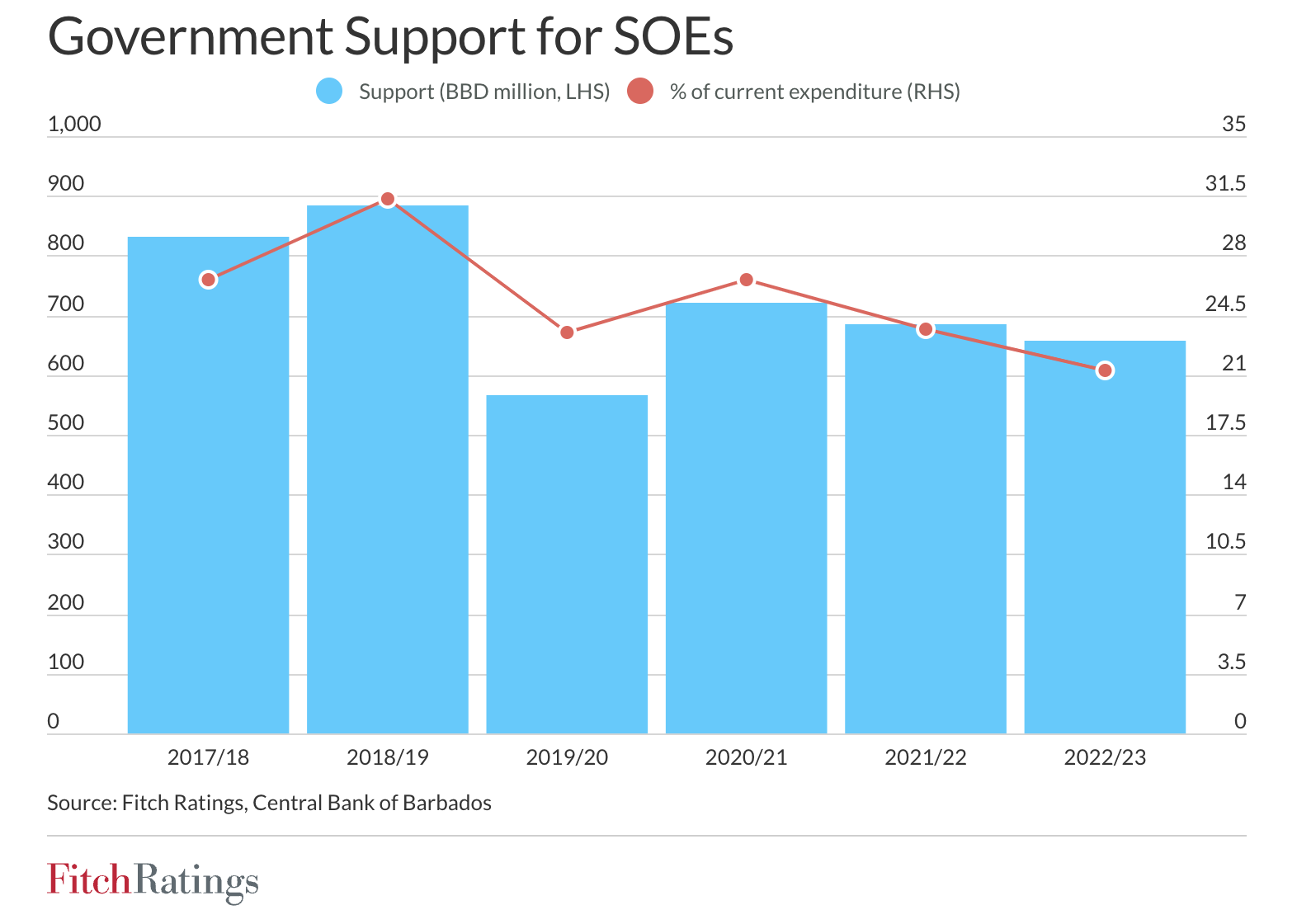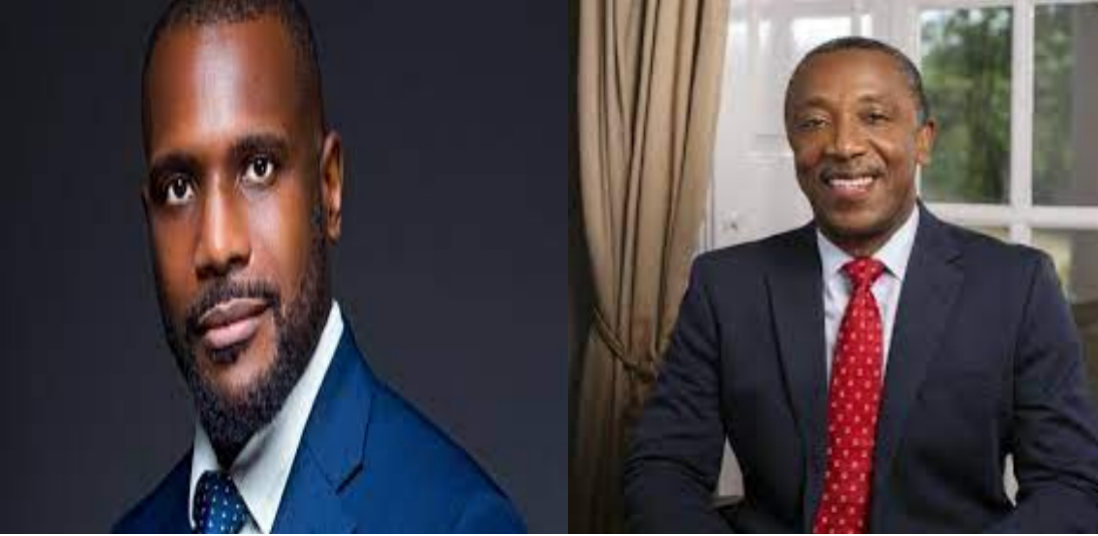Submitted by Charles Knighton

I was unsure whether to laugh or whether to cry upon reading the Editorial letter by Mr. Rahim Shabazz “Notable Black Scientists” in the August 24th Advocate. In an effort to refute the assertions of a Mr. Dingwall and a Mr. Lucas that “as a race black people continue to lag in the field of science” Mr Shabazz counters with the accomplishments of two astronauts, the inventor of the Supersoaker water gun, and a designer of automobiles. After such a thorough chastising Messrs. Dingwall and Lucas must feel appropriately chagrined by their temerity in questioning Black scientific achievement.
For the edification of Mr. Shabazz, the control of the media by what he refers to as the ” hidden hand”, whose purpose is to obscure Black achievement at all costs, did not prevent me from being aware of the two astronauts, Ms.Wilson and Mr. Curbeam, Jr. All astronauts’ photographs are prominently displayed at both the Kennedy and Johnson Space Centers. Biographical information is also available upon request.
As for Mr. Johnson of Supersoaker fame and the automobile designer Mr. Lucas, just how much media coverage should they garner? And why? Simply because of their skin colour? Individuals predisposed to finding the malevolent influence of “hidden hands” to further their narrative of oppression will certainly do so, as we are always paid for our suspicions by finding what we suspect.




Leave a Reply to AmusedCancel reply